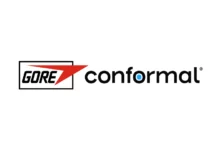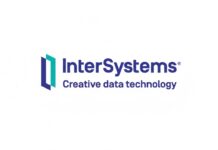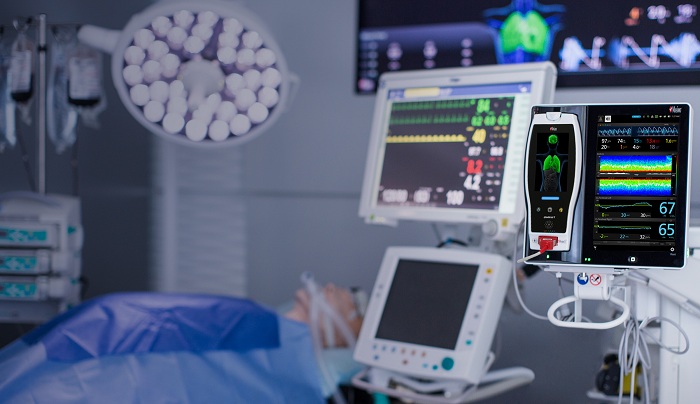The Internet of Things (IoT) is transforming various sectors, notably healthcare. It enables real-time monitoring of medical equipment, providing performance insights and detecting potential issues before they escalate. By 2030, nearly 30 billion devices are expected to be connected globally.
In my extensive experience, the global medical equipment maintenance market is on the brink of significant change. IoT sensors, embedded in medical devices, gather data on performance, usage, and environmental conditions, transmitting it to centralized systems for real-time analysis.
This capability allows service teams to address issues swiftly and often remotely, reducing both downtime and costs. Real-time monitoring enhances efficiency by eliminating the need for frequent on-site inspections.
AI Along With Machine Learning
AI and machine learning (ML) are revolutionizing medical equipment maintenance. These technologies enhance diagnostics, streamline repair processes, and offer data-driven maintenance suggestions. AI algorithms analyze data from IoT sensors and maintenance records, identifying patterns that human technicians might miss and recommending optimal actions. ML models predict component failures and suggest stocking necessary parts, ensuring timely repairs and maintaining equipment functionality.
Depot Repair As Well As Hot Swap Components
Hot-swappable components enable quick replacement of faulty parts, minimizing downtime for critical equipment. This approach is vital for high-usage devices that can’t afford prolonged inactivity. Conversely, depot repair services provide a cost-effective solution for smaller devices, centralizing maintenance and reducing overall costs through economies of scale.
Equipment Models That Are Subscription-Based
Subscription-based models are gaining popularity in healthcare, allowing facilities to access the latest medical equipment without the burden of ownership. These models typically include regular maintenance and upgrades, ensuring equipment stays up-to-date and functional. Predictable subscription fees help healthcare providers manage costs more effectively than outright ownership.
Service Manuals As Well As Open-Source Parts
Open-source parts and service manuals are empowering healthcare facilities to handle their own maintenance and repairs. This trend reduces reliance on external service providers and lowers maintenance costs, while also addressing the technician shortage. Open-source resources provide detailed information for maintaining and repairing equipment, fostering innovation and customization.
Leveraging Advanced Technologies When It Comes To Optimized Operations and Patient Care
The strategic integration of advanced technologies like IoT is driving the healthcare industry forward. By predicting and preventing equipment failures, IoT maximizes uptime and minimizes downtime. Subscription-based models further enhance this by ensuring regular updates and upgrades, reducing ownership costs.
As technology keeps advancing, the healthcare industry is poised for more stable and efficient operations, leading to improved patient care and satisfaction.


















